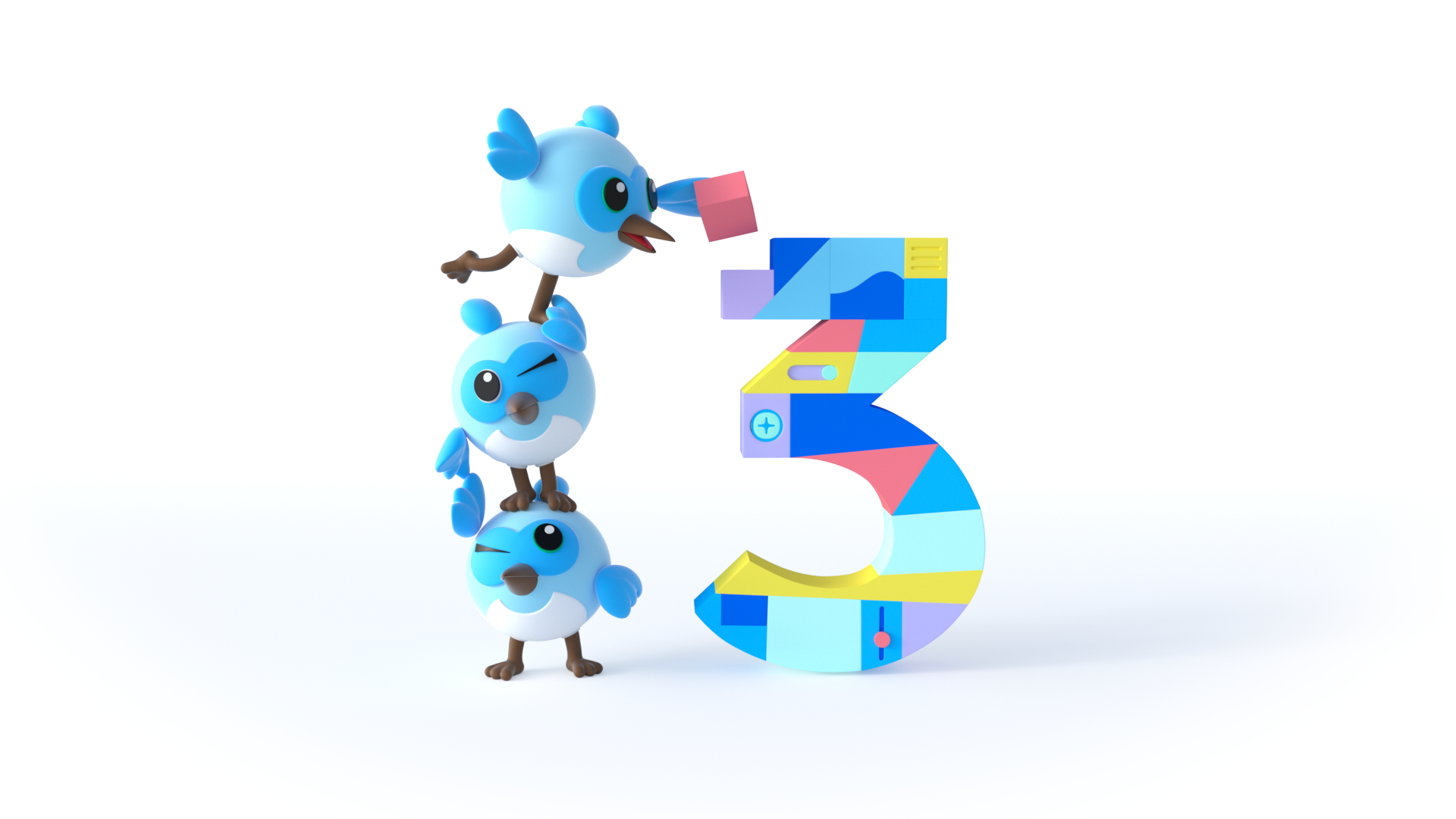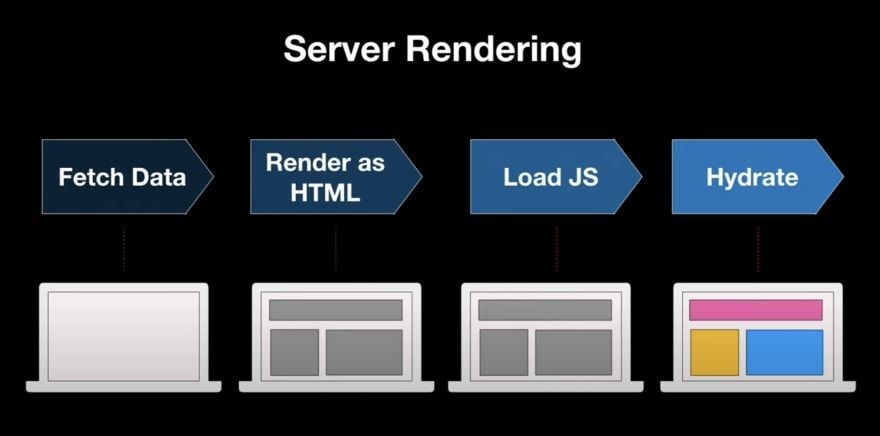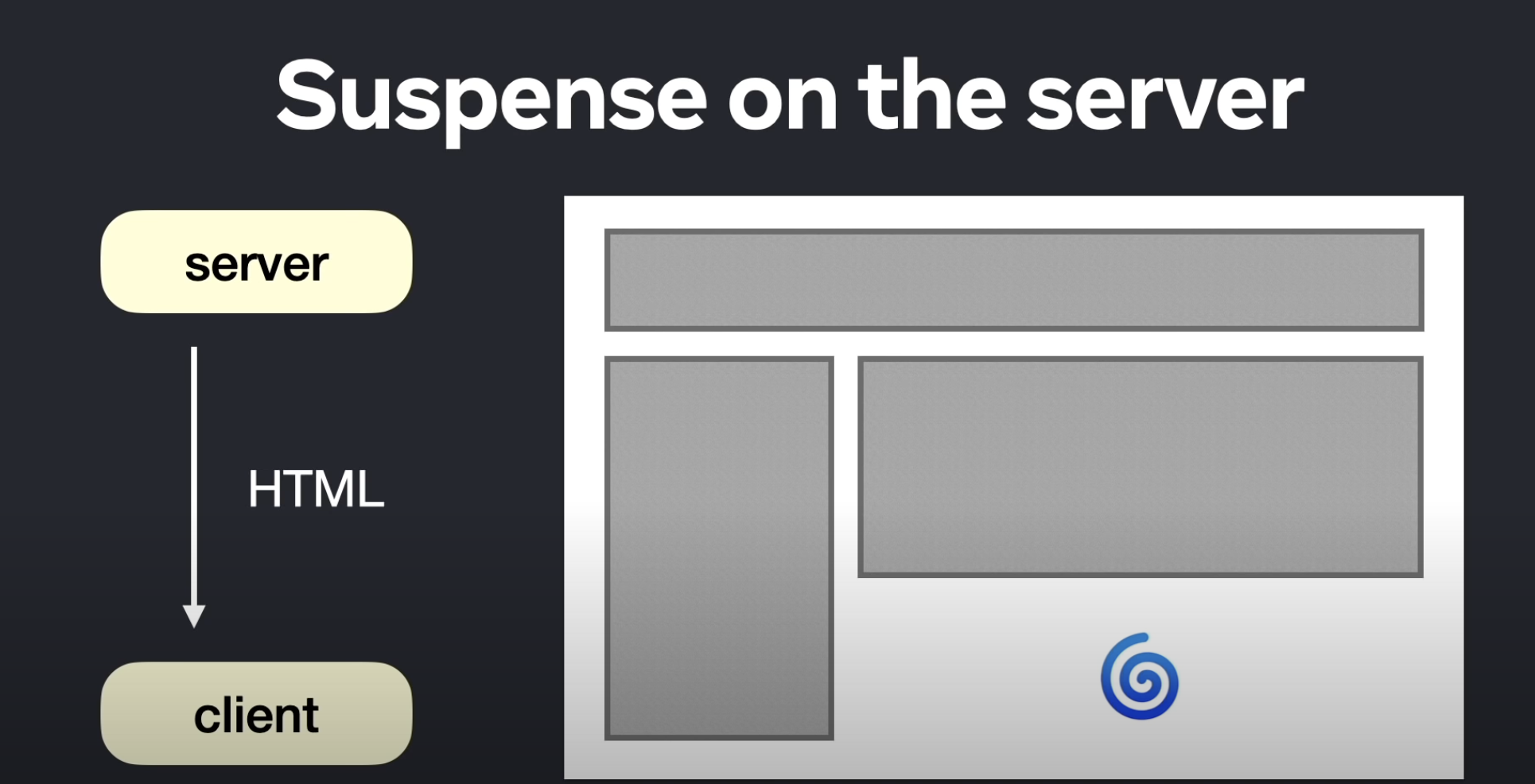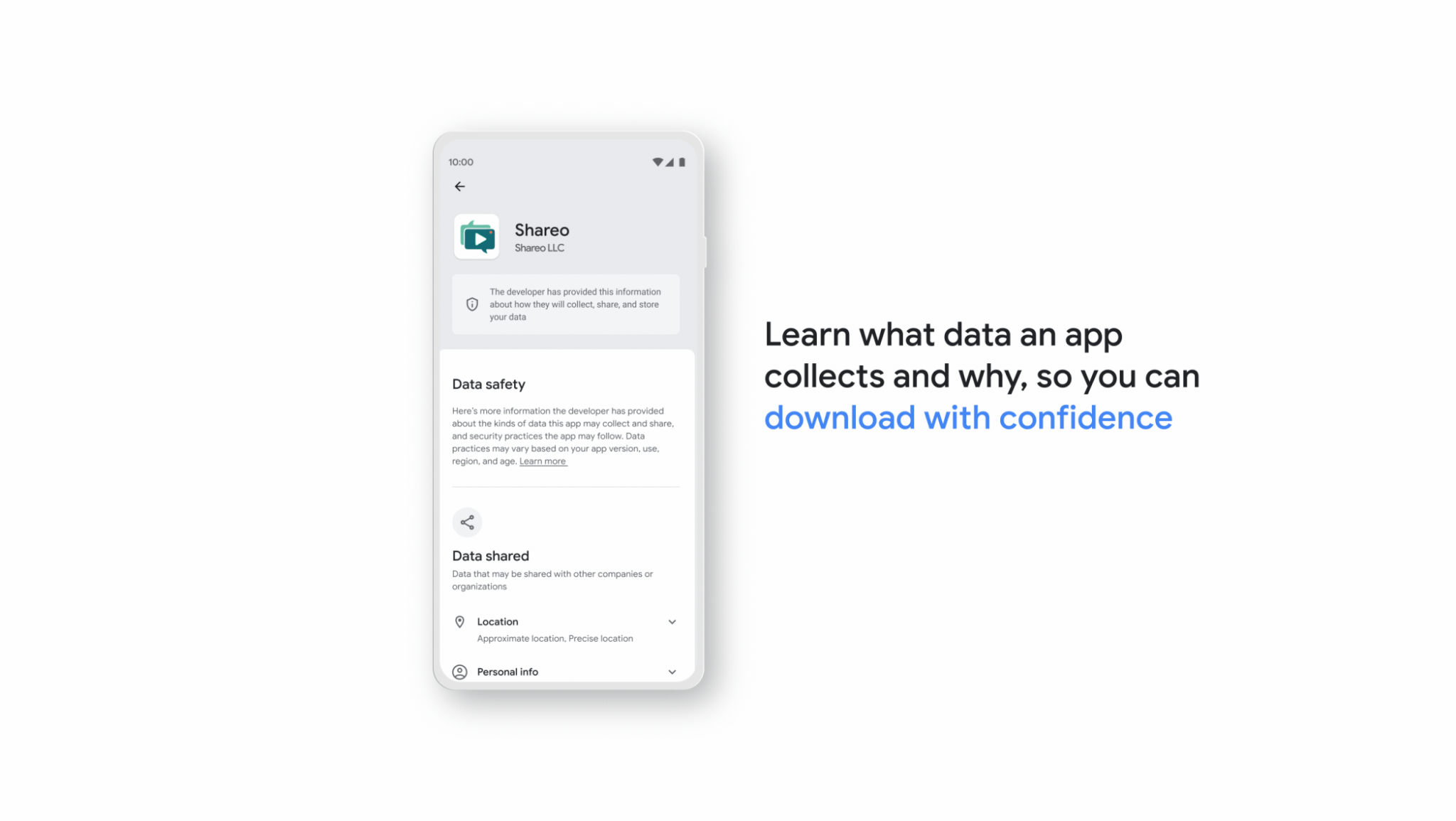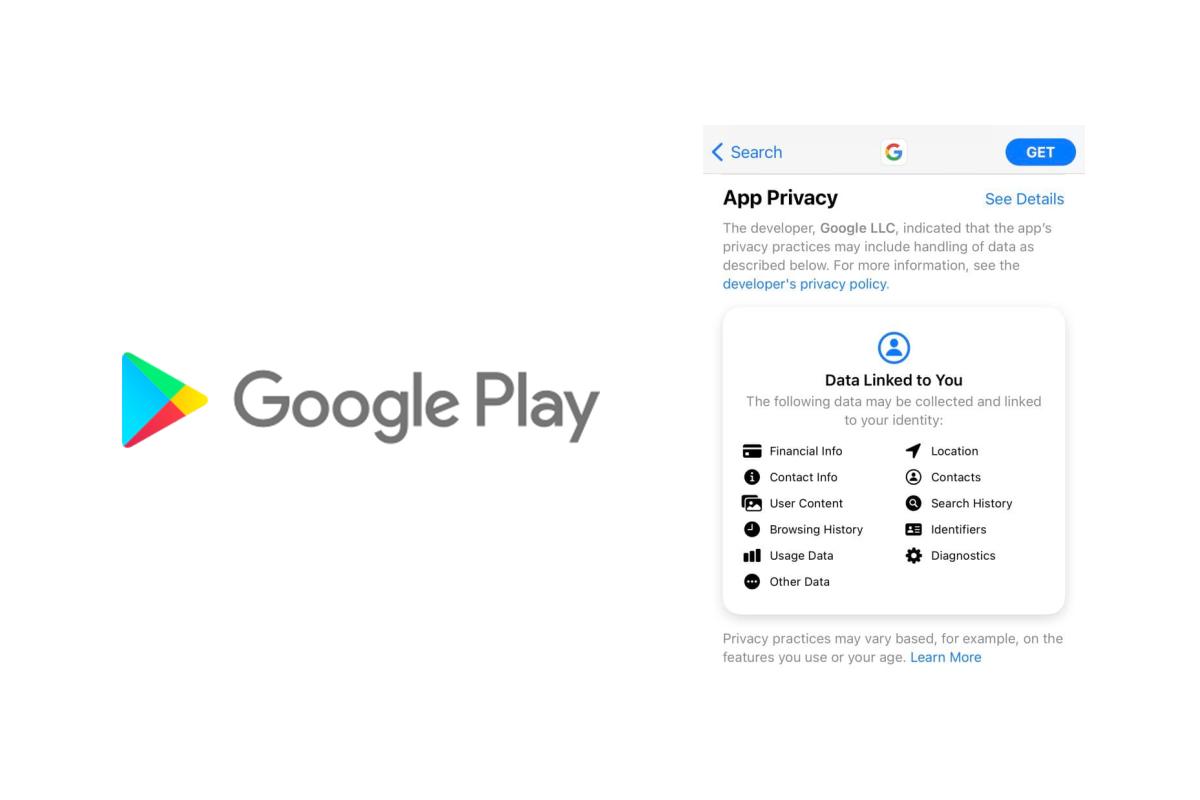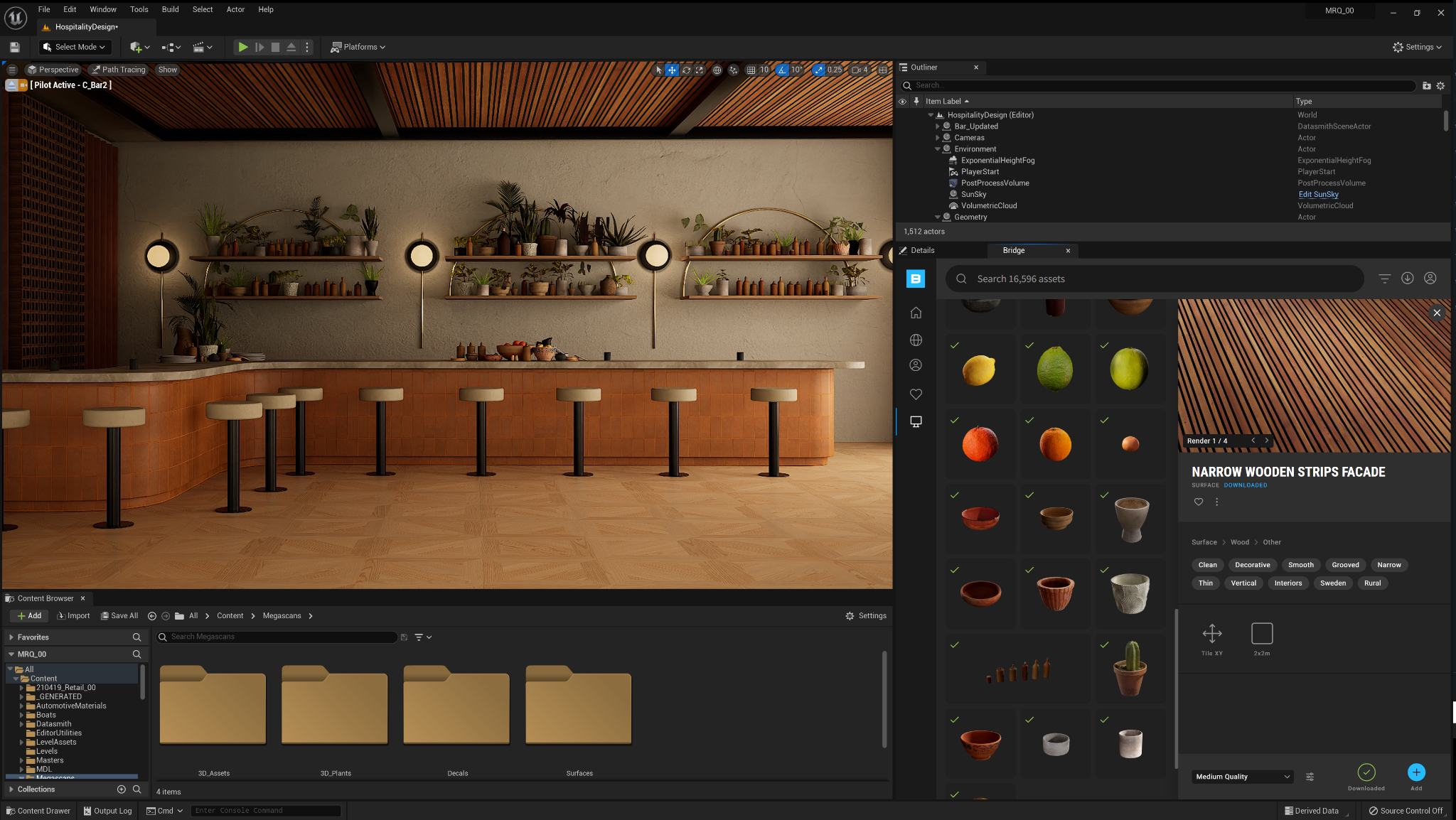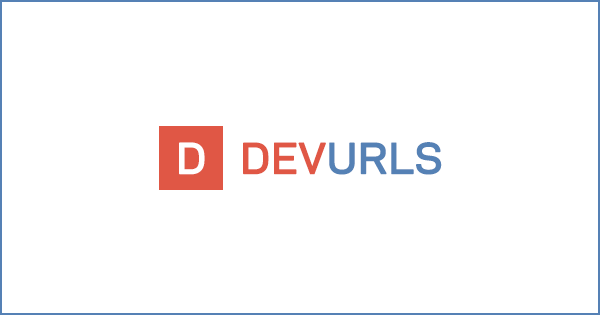File compression is a key technology for digitization, as it can sustainably relieve the resources of network-based infrastructures. AVIF (AV1 Image File Format) is a modern image file format specification for storing images that offer a much more significant file reduction when compared to other formats like JPG, JPEG, PNG, and WebP. Compared to JPEG, AVIF compresses files more efficiently and provides higher image quality. Major global corporations in the digital industry are interested in the implementation of the new image format.
What is AVIF?
AVIF or AV Image Format is an open and royalty-free image format based on the AV1 codec, and similar to AV1 – AVIF provides a very high compression rate. Being royalty-free makes it one of the best among its peers.
A consortium of leading digital economy players was founded in 2015, tasked with the improvement of image file compression. The Alliance for Open Media (AOMedia), whose members include Amazon, Cisco, Facebook, Google (including YouTube), Mozilla, Microsoft, Netflix, Intel, AMD, Tencent and Apple, focuses on data traffic online. Because images use up over half of the average bandwidth of a website, improved image compression not only benefits the performance of individual websites, but the overall performance of the web is optimized because smaller files accelerate data traffic, reduce energy consumption, and use less storage space.
For the new technology to become established as a standard, it should not incur any licensing fees and should be freely usable as an open source format. In March 2018, AOMedia published the specification of a new free video codec. Since then, a final first version of AOMedia Video 1 (AV1 for short) has been officially launched.
The industrial consortium’s efforts have resulted not only in a license-free, open video codec for moving images, but also in the AV1 Image File Format (AVIF) for still images. AVIF combines the efficient compression algorithms of the AV1 video codec with the container technology of the HEIF format (High Efficiency Image File), which has been used by Apple for some time now. It is a static image format developed by Alliance for Open Media (AOMedia) in conjunction with Google, Cisco, and Xiph.org from an extraction of the keyframes of the video format AV1.
Advantages of AVIF
AVIF offers many advantages. Among its major ones are:
- AV1 and AVIF formats are open source codecs. There are no additional costs for using AOMedia technology. This doesn’t just benefit the big players, but the entire open source community.
- The fact that AVIF is free of charge is a major advantage over the HEIF format, which is currently still a preferred format for Apple.
- The AVIF format meets the requirements of a modern image format by combining high image quality (especially for HDR images with greater color depth than 8 bits) and many functions (similar to HEIF, the format is superior to the JPEG format in this regard).
- Compared to the established JPEG format, AVIF currently reduces the image size by an average 50 percent (similar to the comparably efficient HEIF format). In addition, AVIF is more efficient than its competitor WebP, which has failed to establish itself.
- Highly efficient AVIF compression reduces the load times of websites, conserves network bandwidth, and reduces data streams for video-on-demand, cloud, and web space providers.
- Many AVIF advantages extend beyond its online use. Image archives, photographers, printers, etc. can also benefit from the format’s development to receive higher resolution images that relieve available resources.
With these advantages, there lies a single disadvantage, which is its availability in the market. AVIF is a fairly new image format; though it’s gaining a lot of praise worldwide, AVIF still lacks browser support. Browsers are a primary medium for most images that we see in everyday life. Hence browser compatibility is crucial.
Current support for AVIF
Compared to the popular JPEG format, which has been around since the early 1990s, AVIF is a relatively new file format for static images. The newcomer has yet to prove itself in practical tests. It is therefore difficult to reliably predict the future of the image format. However, due to its many advantages, the chances of a nationwide implementation are high.
The video-on-demand provider Netflix is an important pioneer in the application of the new technology. The streaming specialist is currently testing the AVIF format in order, for example, to convert the platform’s user interface from SDR to HDR (e.g., to improve previews). A gradual introduction of the format is planned, whereby it is used for a continuously increasing number of content and platforms.
Browsers and operating systems are also getting used to the new technology. Even with Windows adopting AVIF to save space in their systems and giving a push to increase the importance of this format, content providers still have to rely on JavaScript if they want to use this image format. In addition, although AVIF has been recently adopted and rolled out in Google Chrome as well, it still doesn’t enjoy complete universal cross browser availability as Firefox and Safari still have to give support for it.
Conclusion
AVIF has all the prerequisites to establish itself successfully and define a new image standard online to replace JPEG. Once the remaining technical hurdles are resolved (e.g., slow and resource-guzzling coding processes), the multifunctional image format and the AV1 video codec offer high quality. Finally, this is also an important step towards sustainability, as AVIF conserves energy, and network and storage resources. Although AVIF has the backing of big top tech companies and some of them like Netflix, Google and Microsoft have already implemented this format. Currently, AVIF looks like a future car packed with extraordinary features, but people are still skeptical about involving it in their lives.
Tags: AVIF

